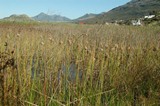Thick-billed Weaver Amblyospiza albifrons
Taxonomic history
Pyrrhula albifrons Vigors, 1831, Proc. Zool. Soc. London, p.92The Thick-billed Weaver was first described in 1831 by Vigors from a specimen from the vicinity of Algoa Bay, E Cape. The first illustration of this species was by Swainson (1838) who provided a line drawing of the head of a Thick-billed Weaver, showing the very large bill. Soon after this, George Henry Ford painted the species for Andrew Smith (1840).
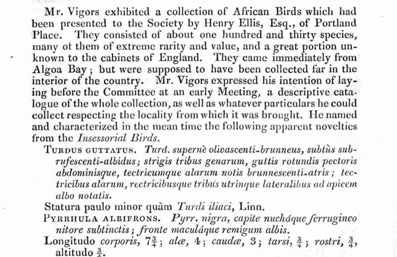
Vigors's type description of the Thick-billed Weaver (1831) | 
Swainson's illustration of head of Thick-billed Weaver (1838) |
Identification, ageing and sexing
Identification and sexing:The heavy bill in this species is distinctive. The male in breeding plumage is identified by the white forehead and white wing spots; the female and young birds are streaked below and brown above.
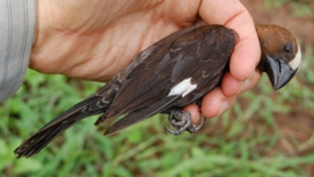
Adult male Thick-billed Weaver |

Adult female Thick-billed Weaver |
Where to watch
This species is common along the coast of eastern South Africa and extends inland to Gauteng. One colony that has existed for many years is in the Botanic Gardens, Pretoria.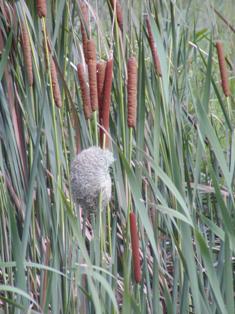
Typical Thick-billed Weaver nest in Typha (non-breeding nest)
Add your own Thick-billed Weaver colony - see Weaver Watch project
Maps and records in South Africa
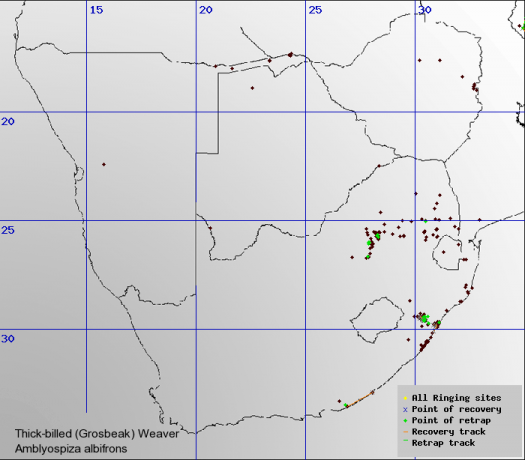
Thick-billed Weaver ringing records and movements in southern Africa (as at 8 July 2009)
Current
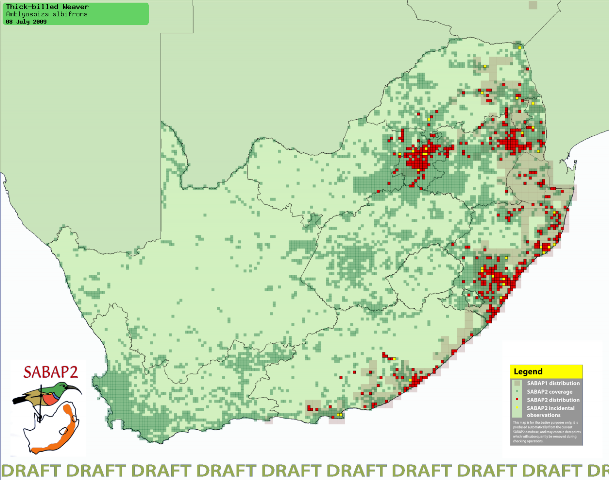
Thick-billed Weaver atlas records in southern Africa (as at 8 July 2009)
Current








